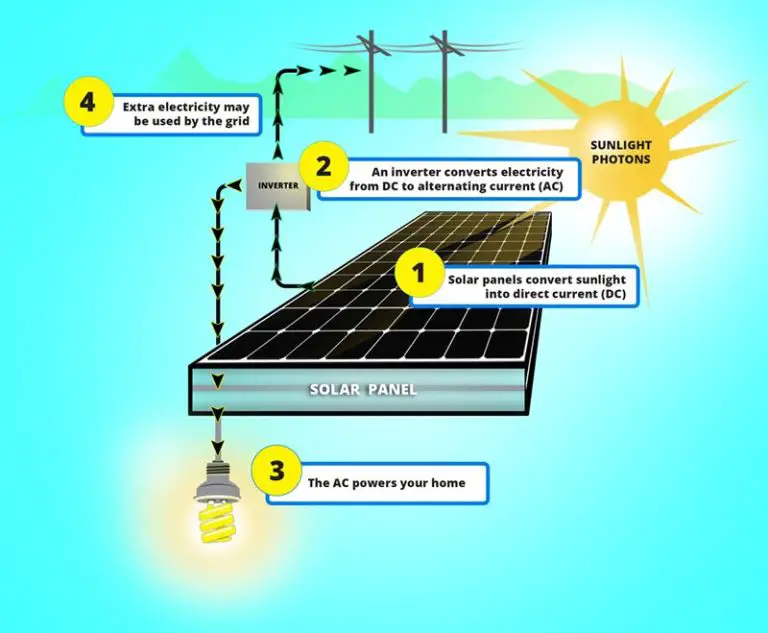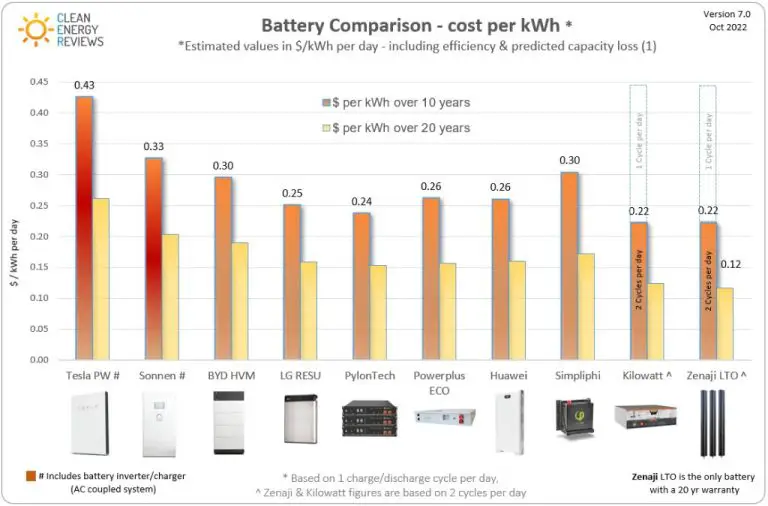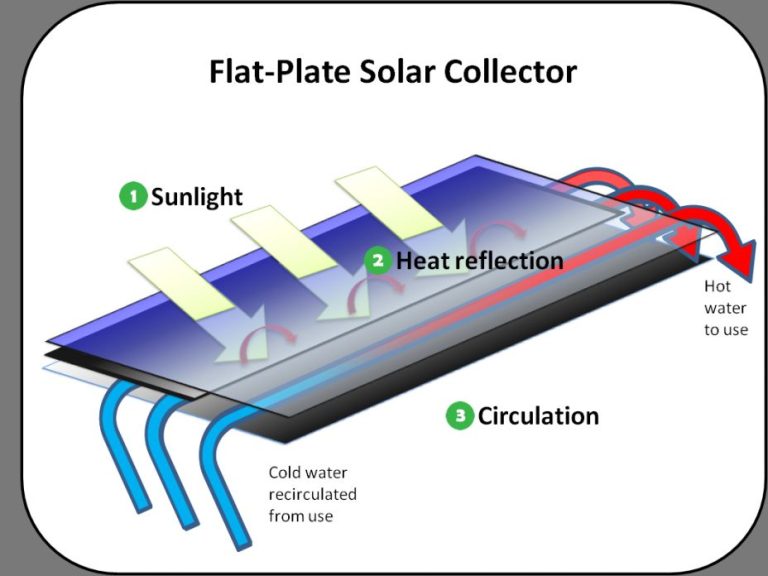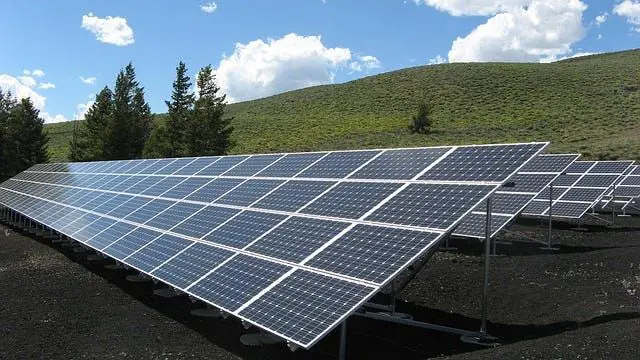Is The Sun’S Energy Infinite?
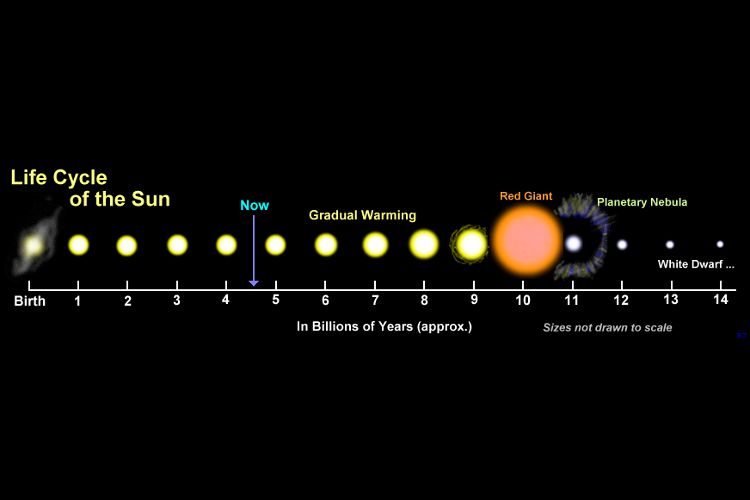
The sun has fascinated humankind since the beginning of history. Ancient civilizations worshipped the sun as a god, recognizing its powerful energy source that makes life on Earth possible. In the 21st century, the sun continues to be an object of scientific curiosity and technological innovation. With growing concern about climate change and fossil fuel depletion, many advocate for expanded use of solar power as an infinite, renewable energy source. But is the sun’s energy really infinite? This article examines the science behind the sun’s energy production, current and future applications for solar power, and the limitations and challenges that must be addressed.
What is the sun?
The Sun is a yellow dwarf star and is the star at the center of our solar system. It is classified as a G-type main-sequence star based on its spectral class. The Sun contains 99.86% of the total mass of the solar system and provides the majority of the system’s energy (https://science.nasa.gov/sun/).
The Sun is approximately 4.6 billion years old and is expected to continue burning hydrogen into helium for about another 5 billion years. After this point, it will evolve into a red giant and shed its outer layers as a planetary nebula before cooling into a white dwarf (https://science.nasa.gov/sun/facts/).
With a diameter of about 1.4 million km, the Sun is 109 times wider than Earth and contains 99.8% of the mass of the entire solar system. At its core, nuclear fusion reactions produce tremendous energy, converting hydrogen to helium, which generates heat and radiation that make life possible on Earth (https://science.nasa.gov/sun/facts/).
How the sun produces energy
The sun generates energy through the process of nuclear fusion which occurs at its core. Stars like the sun are essentially giant balls of gas composed mostly of hydrogen and helium (https://phys.org/news/2015-12-sun-energy.html). Under immense pressure and heat, hydrogen atoms fuse together to create helium. This fusion reaction releases enormous amounts of energy in the form of gamma rays and X-rays.
Specifically, when hydrogen nuclei collide, they fuse into heavier helium atoms. In the process, some of the mass is lost and converted into energy as per Einstein’s equation E=mc2. The released energy makes its way outward from the core, through the increasingly cooler outer layers of the sun. By the time the energy reaches the sun’s surface it has been converted into mostly visible light that radiates into space.
The sun converts millions of tons of hydrogen into helium every second. The rate of nuclear fusion depends on the temperature, pressure and density at the sun’s core which fuels the process. As long as the sun maintains the conditions for fusion through gravitational forces, it will continue shining.
How much energy does the sun produce?
The sun produces an enormous amount of energy. According to scientists, the total energy output of the sun is around 3.8 x 10^26 watts. To put that in perspective, in one second the sun produces enough energy to power the entire world for over 500,000 years. Over the course of a year, the sun radiates around 10^22 megajoules of energy to Earth alone. This is more than enough energy to meet the world’s current and future energy needs. The sun converts around 5 million tons of matter into energy every second via nuclear fusion reactions. This tremendous outpouring of energy has continued steadily for around 5 billion years and will likely continue for another 5 billion years or so before the sun eventually runs out of hydrogen fuel and transitions into a red giant star.
How long can the sun produce energy?
According to NASA https://spaceplace.nasa.gov/sun-age/en/, the sun is approximately 4.5 billion years old. Stars like our sun burn for about 9-10 billion years total before dying, so astronomers estimate the sun is middle aged and has about 5 billion years left before it can no longer produce energy.
After the sun uses up the hydrogen fuel in its core in about 5 billion years, the sun will go through changes in its dying process. As outlined by ASU astronomers https://askanearthspacescientist.asu.edu/top-question/sun-dying, the sun will become a red giant star, puff off its outer layers of gases, and then settle into a white dwarf phase that will slowly cool over trillions of years. So while the sun’s energy production will drastically change in billions of years, the remaining gases may glow for much longer.
Is the sun’s energy really infinite?
While the sun contains a vast amount of energy, its supply is not truly infinite. The sun produces energy through nuclear fusion reactions in its core, fusing hydrogen into helium. Over billions of years, the sun will eventually run out of hydrogen and cease these reactions (Source: https://physics.stackexchange.com/questions/113113/is-the-solar-energy-infinite).
However, the sun contains enough hydrogen fuel to continue fusion for approximately another 5 billion years. The amount of energy output by the sun is so enormous that it cannot be depleted on human timescales. The total solar energy hitting Earth annually is about 5,000 times our current global energy consumption (Source: https://www.quora.com/Is-the-suns-energy-infinite).
Therefore, for all practical purposes the sun provides an effectively infinite supply of energy from the perspective of human civilization. While limited on cosmic timescales, the sun’s energy is renewable on the timescale of humanity, and can be harnessed indefinitely through solar power. We would exhaust all fossil fuel reserves before making a dent in the sun’s remaining energy.
Current solar energy usage
Solar energy consumption in the United States has steadily increased over the past decade. According to Statista, the U.S. consumed over 1.8 quadrillion British thermal units of solar thermal and photovoltaic energy in 2022, up from around 300 trillion BTUs in 2006. The Energy Information Administration estimates that an additional 61 billion kWh of electricity generation came from small-scale solar photovoltaic systems in 2021. The Quarterly Solar Industry Update from the Department of Energy notes that the U.S. installed approximately 7.7 GW-hours (2.5 GWac) of solar energy storage onto the electric grid in the first half of 2023, a 32% increase from the previous year. While solar currently accounts for only a small percentage of total U.S. energy consumption, adoption of solar power has grown rapidly as costs have declined. With expanded government incentives and advances in solar technology, utilization is expected to continue rising substantially in the years ahead.
Potential for expanded solar energy usage
While solar energy currently provides only about 1% of total U.S. energy production, there is significant potential for growth (Solar Rooftop Potential, 2022). The Department of Energy estimates there are over 6,000 square miles of roof space in the United States that could be used for solar panels. This is the equivalent of over 800 gigawatts of solar capacity, which is nearly 100 times the current installed solar capacity. Additionally, utility-scale solar farms could be developed on unused land to dramatically increase solar production.
Expanding solar power would provide many benefits, including reducing greenhouse gas emissions from fossil fuel energy production, improving public health by reducing air pollution, lowering energy costs once installation costs are paid off, increasing national energy security and independence, and creating skilled jobs in the solar industry (Solar Energy Potential and Utilization, 2022). With solar panel costs continuing to decrease and increased policy support, the Department of Energy predicts solar power could grow to provide over 20% of U.S. electricity by 2050.
Challenges of solar energy
While solar energy has many benefits, there are some challenges to capturing and using this renewable resource. One issue is that the amount of sunlight that arrives at the Earth’s surface is diffuse and inconsistent. According to the Constellation article, solar energy’s power density is low compared to fossil fuels. This means a large surface area is required to collect the energy from the sun. Fossil fuels are much more concentrated sources of energy (Constellation).
Solar panels can only capture a portion of the solar energy that hits them, usually between 15-40% efficient. The efficiency depends on the solar cell technology and weather conditions. Clouds, rain, snow, and dust can all reduce the amount of sunlight reaching solar panels. Storage is another challenge since the sun is not always shining. Effective storage solutions are required for solar power to become dominant (GreenMatch).
Conclusion
In summary, while the sun’s energy output is essentially infinite from the perspective of human timescales, solar energy does face challenges around efficiency, storage, and transmission that limit our ability to harness its full potential. However, solar technology is rapidly improving, costs are declining, and many experts predict solar will play a major role in the global energy mix of the future.
Solar energy offers numerous benefits – it’s renewable, clean, and widely available. If we can overcome the remaining technological and infrastructure hurdles, solar may one day power a significant share of human civilization. But for now, fossil fuels remain deeply embedded in our energy networks. The transition to a solar-powered world will likely take decades more of research, investment, and policy support.
Ultimately, while the sun provides more energy in an hour than humanity uses in a year, capturing that free abundant solar energy flux remains difficult. Yet the promise of clean, renewable sunlight should propel us to continue efforts to tap this cosmic source of power and build a more sustainable future.



